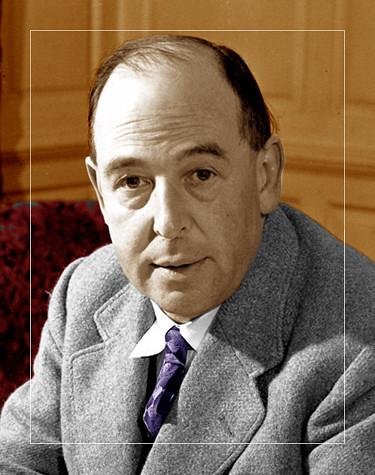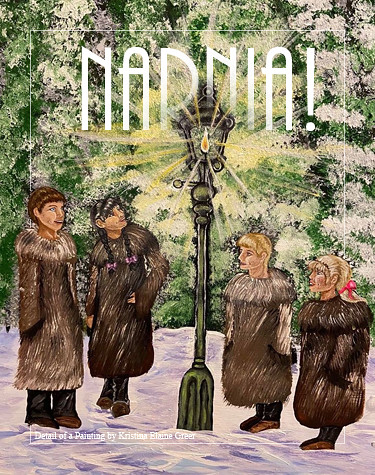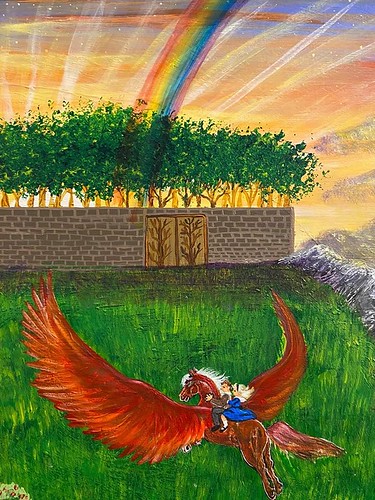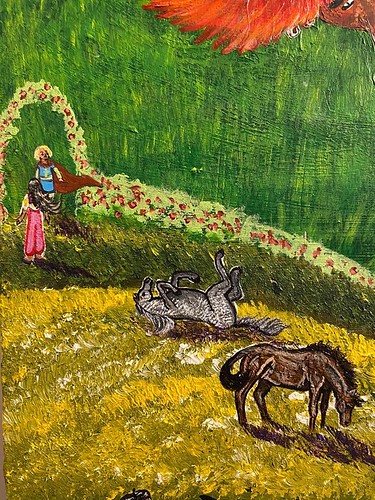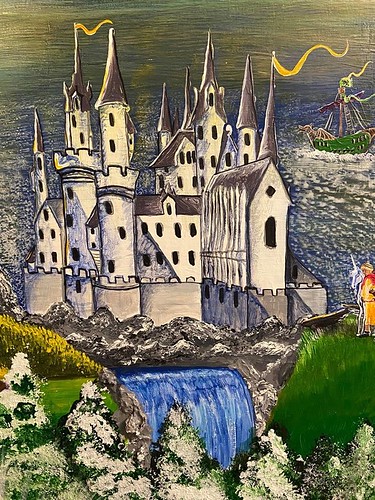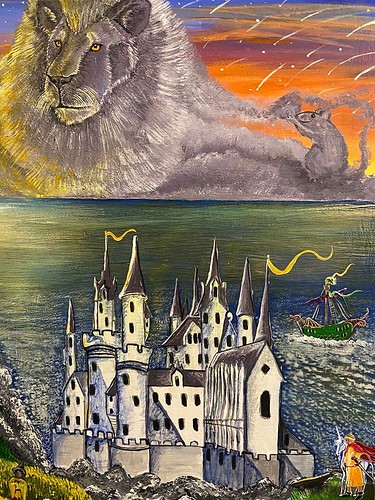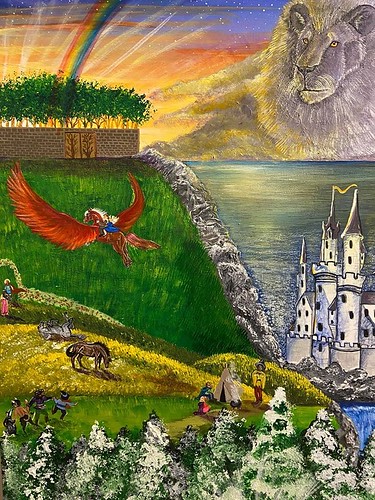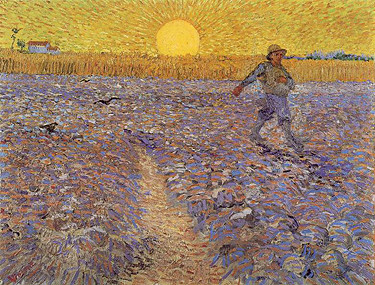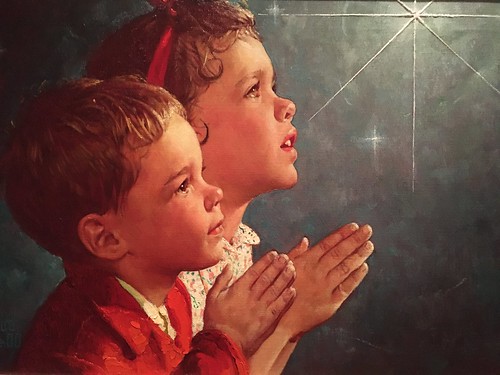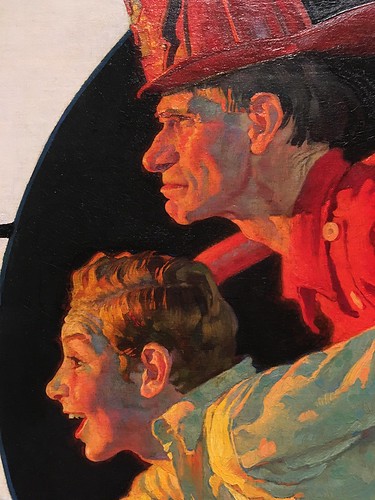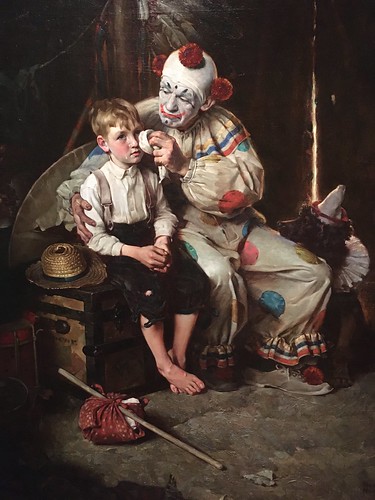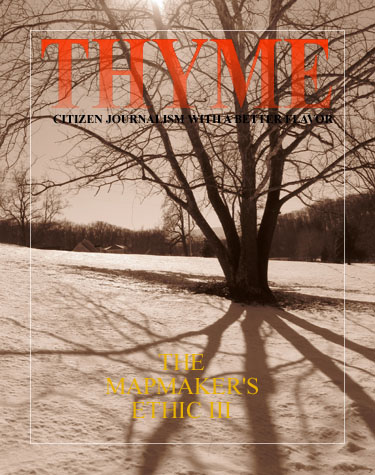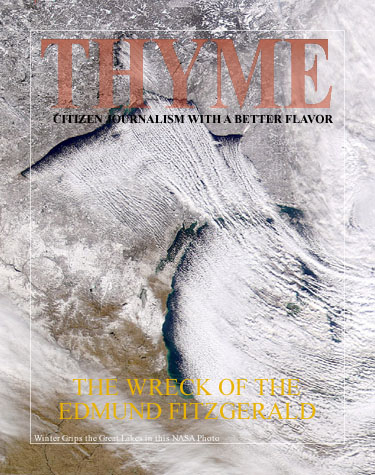
The Power of Prayer
A 'Best of THYMEs' Feature...
G-d's Word to Praying People
Shout it aloud, do not hold back.
Raise your voice like a trumpet.
Declare to my people their rebellion
and to the descendants of Jacob their sins.
For day after day they seek me out;
they seem eager to know my ways,
as if they were a nation that does what is right
and has not forsaken the commands of its God.
They ask me for just decisions
and seem eager for God to come near them.
‘Why have we fasted,’ they say,
‘and you have not seen it?
Why have we humbled ourselves,
and you have not noticed?’
“Yet on the day of your fasting, you do as you please
and exploit all your workers.
Your fasting ends in quarreling and strife,
and in striking each other with wicked fists.
You cannot fast as you do today
and expect your voice to be heard on high.
Is this the kind of fast I have chosen,
only a day for people to humble themselves?
Is it only for bowing one’s head like a reed
and for lying in sackcloth and ashes?
Is that what you call a fast,
a day acceptable to the Lord?
and exploit all your workers.
Your fasting ends in quarreling and strife,
and in striking each other with wicked fists.
You cannot fast as you do today
and expect your voice to be heard on high.
Is this the kind of fast I have chosen,
only a day for people to humble themselves?
Is it only for bowing one’s head like a reed
and for lying in sackcloth and ashes?
Is that what you call a fast,
a day acceptable to the Lord?
“Is not this the kind of fasting I have chosen:
to loose the chains of injustice
and untie the cords of the yoke,
to set the oppressed free
and break every yoke?
Is it not to share your food with the hungry
and to provide the poor wanderer with shelter—
when you see the naked, to clothe them,
and not to turn away from your own flesh and blood?
Then your light will break forth like the dawn,
and your healing will quickly appear;
then your righteousness will go before you,
and the glory of the Lord will be your rear guard.
Then you will call, and the Lord will answer;
you will cry for help, and he will say: Here am I.
to loose the chains of injustice
and untie the cords of the yoke,
to set the oppressed free
and break every yoke?
Is it not to share your food with the hungry
and to provide the poor wanderer with shelter—
when you see the naked, to clothe them,
and not to turn away from your own flesh and blood?
Then your light will break forth like the dawn,
and your healing will quickly appear;
then your righteousness will go before you,
and the glory of the Lord will be your rear guard.
Then you will call, and the Lord will answer;
you will cry for help, and he will say: Here am I.
“If you do away with the yoke of oppression,
with the pointing finger and malicious talk,
and if you spend yourselves in behalf of the hungry
and satisfy the needs of the oppressed,
then your light will rise in the darkness,
and your night will become like the noonday.
The Lord will guide you always;
he will satisfy your needs in a sun-scorched land
and will strengthen your frame.
You will be like a well-watered garden,
like a spring whose waters never fail.
Your people will rebuild the ancient ruins
and will raise up the age-old foundations;
you will be called Repairer of Broken Walls,
Restorer of Streets with Dwellings.
with the pointing finger and malicious talk,
and if you spend yourselves in behalf of the hungry
and satisfy the needs of the oppressed,
then your light will rise in the darkness,
and your night will become like the noonday.
The Lord will guide you always;
he will satisfy your needs in a sun-scorched land
and will strengthen your frame.
You will be like a well-watered garden,
like a spring whose waters never fail.
Your people will rebuild the ancient ruins
and will raise up the age-old foundations;
you will be called Repairer of Broken Walls,
Restorer of Streets with Dwellings.
“If you keep your feet from breaking the Sabbath
and from doing as you please on my holy day,
if you call the Sabbath a delight
and the Lord’s holy day honorable,
and if you honor it by not going your own way
and not doing as you please or speaking idle words,
then you will find your joy in the Lord,
and I will cause you to ride in triumph on the heights of the land
and to feast on the inheritance of your father Jacob.”For the mouth of the Lord has spoken." -- Isaiah 58
and from doing as you please on my holy day,
if you call the Sabbath a delight
and the Lord’s holy day honorable,
and if you honor it by not going your own way
and not doing as you please or speaking idle words,
then you will find your joy in the Lord,
and I will cause you to ride in triumph on the heights of the land
and to feast on the inheritance of your father Jacob.”For the mouth of the Lord has spoken." -- Isaiah 58
A special thank-you to Carl Tate for pointing out this scripture. As the 'other' weekly news magazine celebrates the 'Me' Generation's potential to become the next 'Greatest Generation' a number of great messages have been preached about dying to self and seeking to "decrease that G-d might increase." Indeed, men and women such as Jeremiah Lanphier, George Müller and Florence Nightengale began their journeys in prayer with a recognition of the heart of G-d.
This led them to minister to the pain of people around them. Then, realizing their own inadequacy, they redoubled their laboring in prayer.G-d met them and did amazing works through them.
How A Nation Was Turned to G-d and Restored
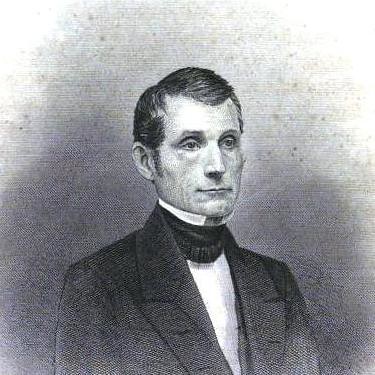
Jeremiah Lanphier discovered the power of prayer in his own life.
A Milestone Monday Feature:
America found herself at a crossroads. Wild speculation and greed had built a house of cards. While a few became incredibly wealthy, the gap between haves and have-nots grew ever wider. The economic crash had put 30,000 men out of work on the streets of New York City. Churches languished as people explored Spiritism and other "new" ideas. We, of the Twenty-first Century, would find the condition of the culture strangely familiar.
Political corruption, shady dealings in business and a general moral decline were the norm. "Atheism, agnosticism, apathy and indifference to God, to the church, and its message abounded on every hand. The decline was fourfold: social, moral, political and spiritual." -- Tom Shanklin
Then came the crash! Factories were shuttered. Banks failed and merchants were ruined. Thousands were destitute. Winkie Pratney, who chronicled the great revival, says: "A near socio-economic collapse jolted America away from her apathy into a national cry for spiritual reality." Chuck Balsamo presents a wonderful concise history of this revival in his book Make Me a Legend [click to read]. The story does not begin with a mighty move and thousands of conversions, rather it begins in a rather small way.
Jeremiah Lanphier was a middle-aged businessman caught in the crossroads. Having no children and no family, he was drawn to minister to the needs of those living in the dark slums of Hell's Kitchen. Leaving his business, he became a lay missionary with the North Dutch Church in Manhattan. Pouring his life into the lives of those he saw caught in hopelessness, he soon came to the end of his own strength. Physically and mentally exhausted, Lanphier discovered that just as the body needs food, the soul and spirit of a man need to be nourished in prayer.[1.]
Each day at midday, Lanphier would seek solace in the Church Consistory Building, where he would cry out to G-d for spiritual strength. He experienced G-d in a mighty way in these times and felt that others would benefit from prayer as well, especially the city's businessmen. He printed up and distributed 20,000 flyers advertising his first noontime prayer meeting, on September 23, 1857.
That day he prayed alone for thirty minutes before six others joined him. The next week there were twenty. The week after that forty people showed up. In time over 100 churches had noonday prayer meetings going throughout the city. G-d's powerful move was felt far beyond New York City. Newspaperman Horace Greeley wanted to get a count of the number of men praying in New York so he sent a reporter out to the meetings. Racing around the city in a horse-drawn buggy, the reporter was only able to get to twelve meetings in the noon hour, but he counted 6,100 in attendance.
Spiritual awakening followed and Americans found strength in G-d for the turbulent days that followed. This Third Great Awakening not only revitalized the spirit of America's people, but led to missionary outreach around the world. [2.]
The Prayer Meeting that Touched the World
Moravians Prayed Around the Clock for 100 Years

The village of Herrnhut in Saxony.
A Milestone Monday Feature
The Moravian Brethren Church was born in the 1720's when Count Nikolaus Ludwig von Zinzendorf gave refuge to persecuted Hussites from Moravia and Bohemia. The village of Herrnhut, Saxony, now a part of Germany, was built by them.
Count Zinzendorf started a round-the-clock prayer meeting in 1727. It lasted one hundred years. People in Herrnhut signed up to pray for an hour a day.
What G-d did as a result of that prayer meeting is amazing. In an era when travel was difficult and dangerous the Moravians became a major force in reaching the world with the Gospel. Their ministry took them to many parts of the world. Moravians settled in the new world in Pennsylvania. The cities of Bethlehem and Nazareth are Moravian settlements. Count Zinzendorf secured a large tract of land in North Carolina where the Moravians established Bethabara. From here they began outreach to the Native Americans around them.
In 1753, Moravians from North Carolina travelled into the Cherokee Nation, which extended into North Georgia and Alabama from Western North Carolina. The nonacquisitive Moravians eventually developed a long standing ministry among the Cherokee. Since unmarried Moravian men and women lived in communal houses, one house for men and another for women, they may have been philosphically closer to a long house people than other Europeans. The New Georgia Encyclopedia states of them:
Generally, the accomplishments of the Moravians lay in the fact that their missions not only opened their doors to all visitors, including African slaves from nearby Cherokee plantations, but also functioned as model farms for European agricultural techniques. Particularly, the Spring Place Mission served as an exemplar for other missionary enterprises to emulate."
The Moravians certainly were lovers of innovation in agriculture and craftsmanship. Visit the restored Moravian settlement in Salem, North Carolina today and you will see some of the first water pipes in America -- hollowed logs with metal couplings -- that carry water inside the Single Brothers' House.
The Ringing of the Gemeinhaus Bell
The Call to Meeting that Saved the Moravians from Slaughter
The Unitas Fratrum, or the Protestant Episcopal Church of the United Brethren, commonly called Moravians, made the beginning of its settlement in North Carolina in the year 1753. The Moravians lived in a Christian Community and sought to reach out to the Creek and Cherokee in the regions they settled in. Single Moravians lived in communal houses and thus were seen as living a life similar to the Native people they sought to minister among. Receiving a tract of land in North Carolina, they built the community of Bethabara, with its central Gemeinhaus. A bell was used to call the townspeople to prayer meeting. But in 1760 the Northern Nations of Native Americans joined with the nations in the South in a war against the English. Bethabara and neighboring Bethany were now under constant threat of attack. That attack never came.
Hostile Indians came often very near their towns, with an intention to destroy them, and to kill the inhabitants or make them prisoners, but never ventured to make an attack. Often times, they were frightened by the ringing of the bell for the meeting at church, which meetings the brethren in both places kept regular on Sundays and every evening in the week.” – History of the Moravians in North Carolina, Page 1148 [1.]
The Moravians would learn of this Divine protection years later in the stories told by their Cherokee neighbors, many of whom embraced Christ as a result of their friendship with the Moravians.
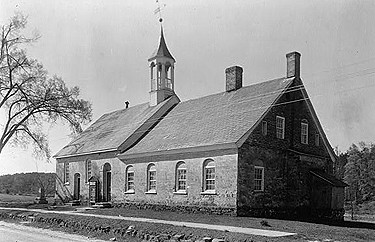
Gemeinhaus at Bethabara.
Bethabara (from the Hebrew, meaning "House of Passage" and pronounced beth-ab-bra, the name of the traditional site of the Baptism of Jesus Christ) was a village located in what is now Forsyth County, North Carolina. It was the site where fifteen men from the Moravian Church first settled in 1753 in an abandoned cabin in the 100,000-acre (400 km2) tract of land the church had purchased from Lord Granville and dubbed Wachovia. Its early settlers were noted for advanced agricultural practices, especially their medicine Garden, which produced over fifty kinds of herbs. Although later parties of Moravians joined the first fifteen, including women and children, Bethabara was never meant to be a permanent settlement. It was intended to house the Moravians until a more suitable location for their central village could be found. In 1771, that place was completed: Salem. Many of the settlers moved to Salem, and Bethabara became an outlying farm to supply the residents of Salem and other Moravian villages with food. In 1788, a slave, Johann Samuel, was named superintendent of the farm; he was freed in 1801, though he continued to rent the land from the church. However, the village of Bethabara, as it existed, was no longer needed, and it fell into disuse. The original buildings collapsed, and their foundations were filled in to make more farm land. Only the church and a few other buildings continued in regular use.
– History of the Moravians in North Carolina
The War Room
New Film Explores the Power of Prayer

